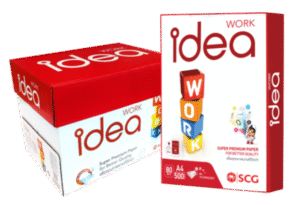Home » Bulk Packaging vs. Storage Space: Finding the Right Balance
Bulk Packaging vs. Storage Space: Finding the Right Balance
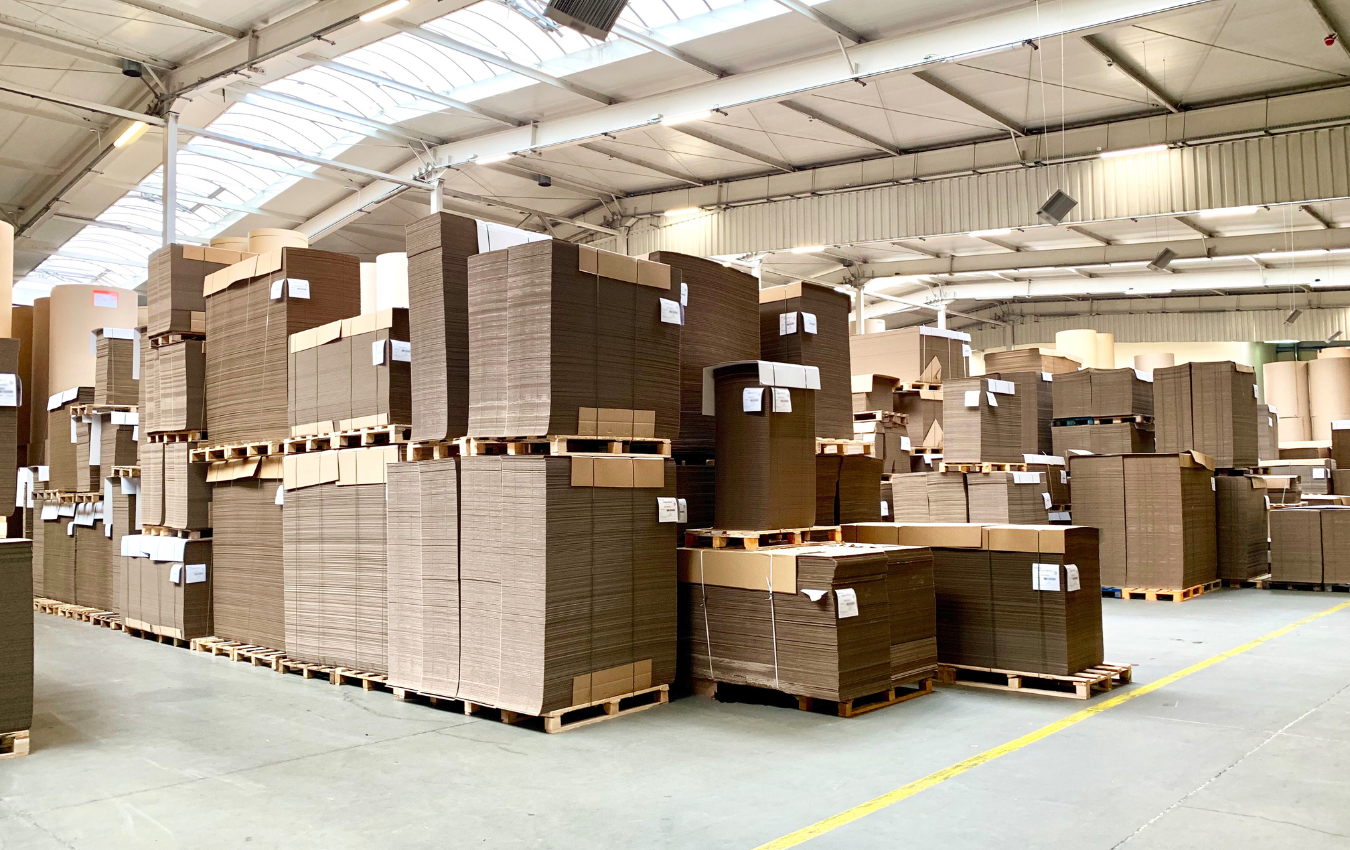
For businesses managing physical products, deciding between buying packaging materials in bulk and prioritizing storage space can be challenging. Both approaches have their merits and drawbacks, and the right choice often depends on various factors, including business size, product turnover, and financial constraints. This blog post will explore the pros and cons of buying packaging in bulk versus prioritizing storage space and offer solutions to help businesses make informed decisions.
The Case for Bulk Packaging
Buying packaging materials in bulk often comes with cost savings. Purchasing larger quantities typically reduces the per-unit cost, which can significantly lower overall expenses.
Advantages:
- Cost-Effective: Bulk purchases often come with discounts, leading to lower operational costs.
- Consistent Supply: Having a large inventory of packaging materials ensures you’re not at risk of running out, which is crucial for high-turnover products.
- Saves Time: Less frequent ordering can save time in procurement and administration.
Challenges:
- Storage Requirements: Bulk purchases require sufficient storage space, which can be a challenge for businesses with limited space.
- Upfront Investment: A larger initial financial outlay is needed for bulk purchases.
- Risk of Overstocking: There’s a risk of over-purchasing, leading to wastage, especially if packaging needs change over time.
Prioritizing Storage Space
For businesses with limited space or those looking to minimize inventory holding costs, prioritizing storage space over bulk buying can be more practical.
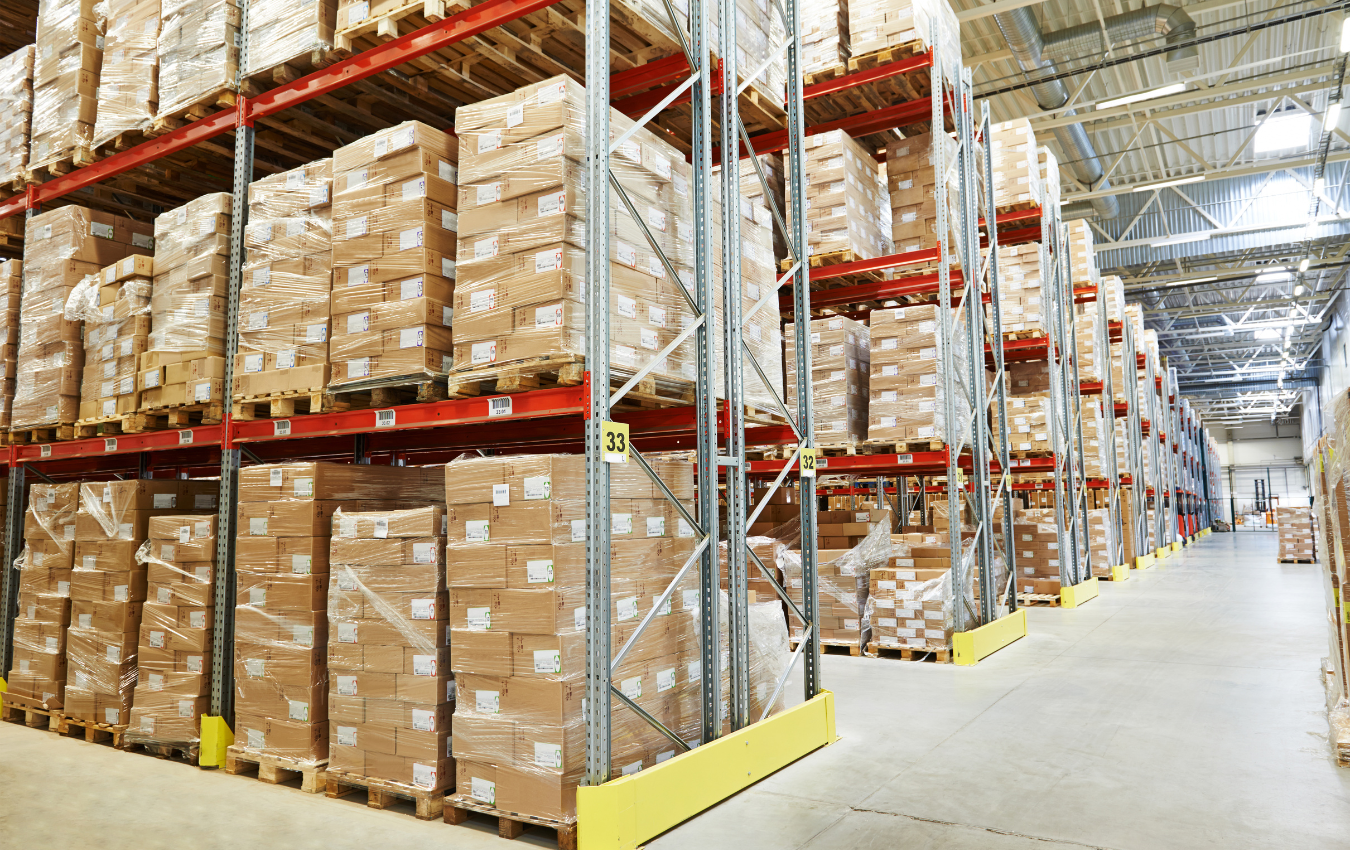
Advantages:
- Flexibility: Buying in smaller quantities allows for more flexibility to change packaging types if needed.
- Reduced Storage Costs: Less space required for storage can mean lower rent and utility expenses.
- Less Capital Tied Up: Smaller, more frequent purchases don’t tie up as much capital in inventory.
Challenges:
- Higher Per-Unit Costs: Smaller purchases usually mean higher costs per unit.
- Time-Consuming: More frequent ordering can mean more time spent on procurement.
- Risk of Running Out: You might face a risk of running out of packaging if there’s a sudden spike in demand.

Solutions and Strategies
- Just-in-Time (JIT) Inventory Management: Adopt a JIT approach to minimize inventory costs while ensuring a steady supply of packaging materials. This requires a reliable supplier with short lead times.
- Negotiate with Suppliers: Even if buying in smaller quantities, negotiate with suppliers for better rates or favorable terms.
- Flexible Storage Solutions: Consider flexible storage options like renting additional warehouse space during peak seasons or exploring drop-shipping directly from the supplier to reduce inventory holding.
- Analyzing Sales Data: Use sales and inventory data to forecast demand more accurately, helping to balance the amount of packaging to purchase and store.
- Collaborative Purchasing: If you’re a small or medium-sized business, consider collaborating with other businesses to buy packaging in bulk and share storage space.
RSC boxes are known for their efficiency and versatility, but their performance ultimately comes down to strength. Buyers often see numbers like ECT, BCT, and
In packaging, foam isn’t just about initial protection — it’s about maintaining performance over the entire shipping or storage cycle. Compression set and recovery characteristics
Pouches are a go-to for flexibility and convenience, but they can fail in critical ways—from poor seals to punctures and delamination—that hurt performance and brand
In the retail environment, the placement of Point of Purchase (POP) displays is just as critical as their design and content. Strategic positioning can significantly
Choosing the right foam density isn’t about “soft” versus “hard” — it’s about controlling shock transmission and matching the foam’s cushioning curve to the product’s
Moisture resistance and dimensional stability are critical performance factors for custom inserts, especially when products are shipped or stored in variable climates. Both foam and
Home » Bulk Packaging vs. Storage Space: Finding the Right Balance
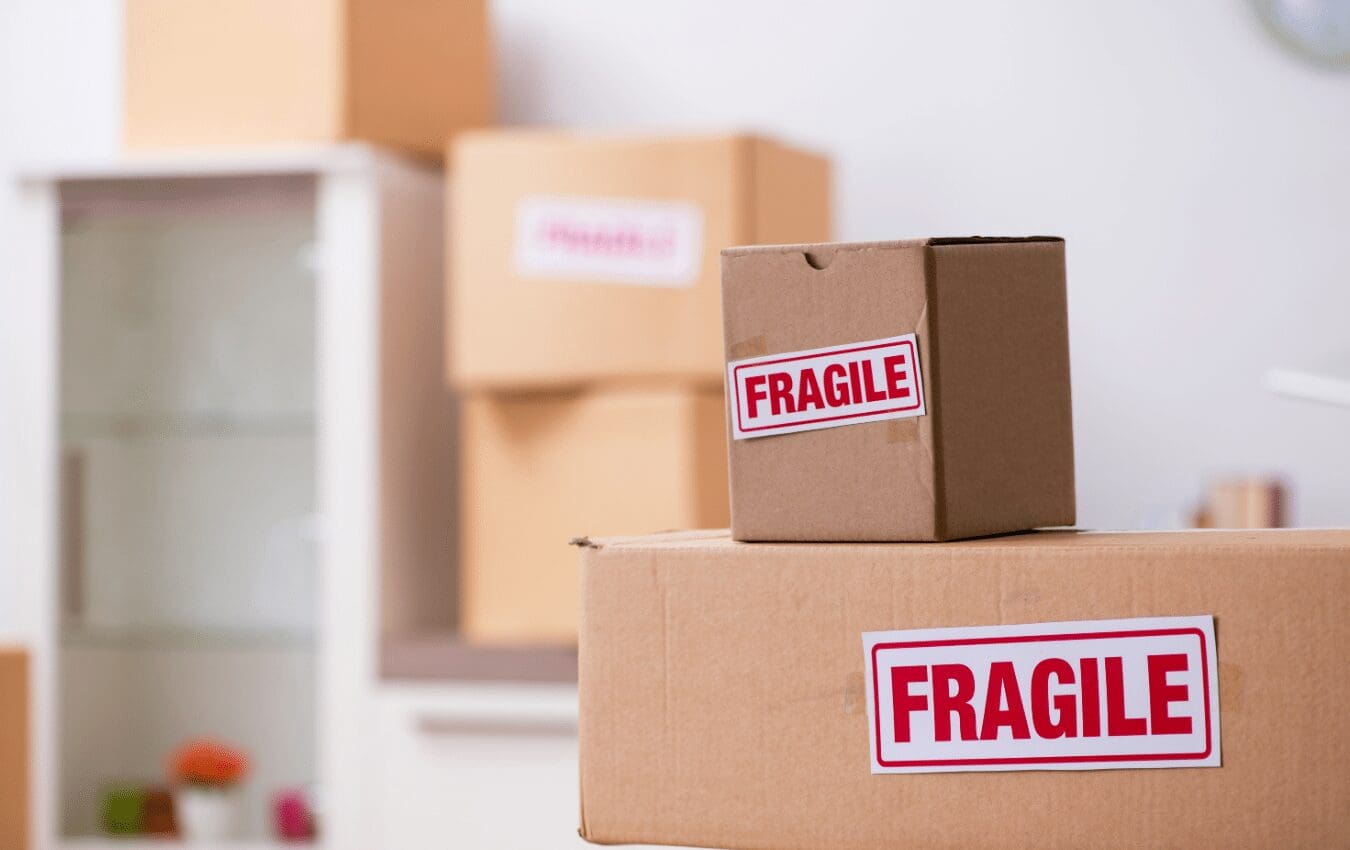
When it comes to shipping or storing fragile items, ensuring their safe arrival without any damage is of utmost importance. Fragile items such as glassware,
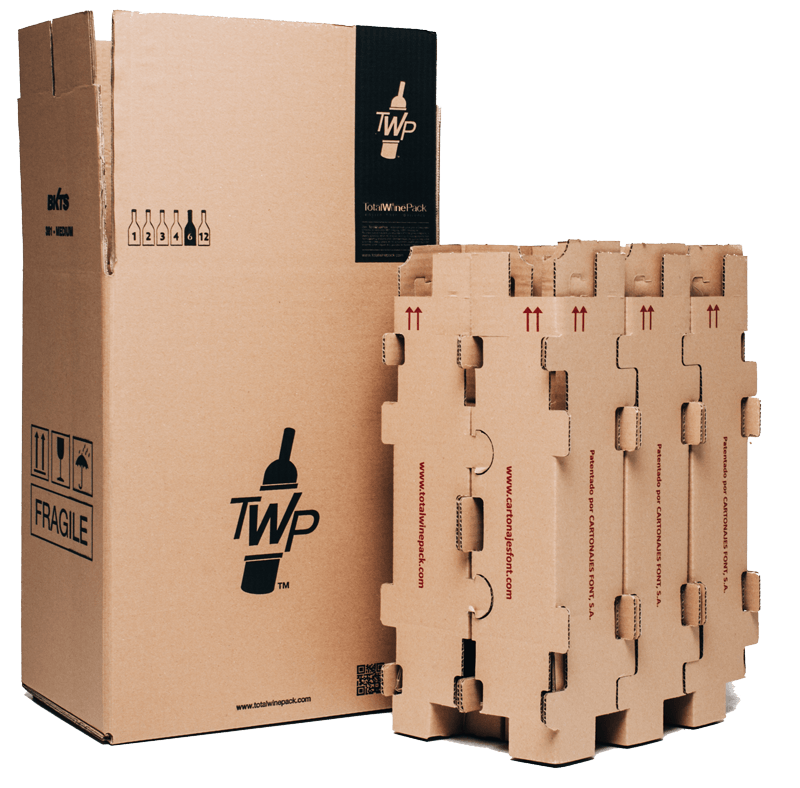
When choosing corrugated board for packaging, print quality is often a critical consideration. Two common board types—ECT (Edge Crush Test) board and Bursting Test board,
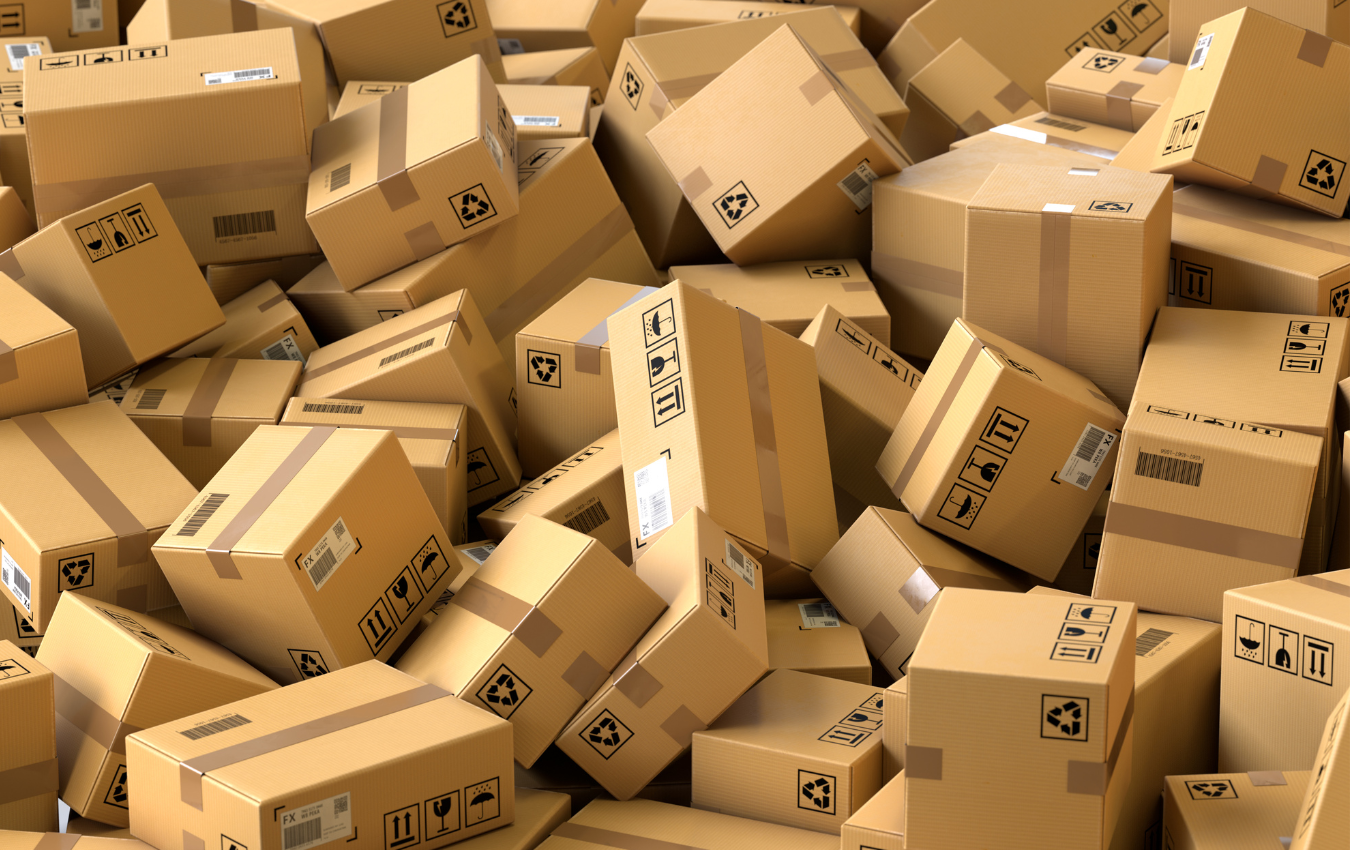
Corrugated boxes are more than mere containers; they’re the culmination of engineering, design, and environmental consideration. This advanced guide delves into the nuances of corrugated


